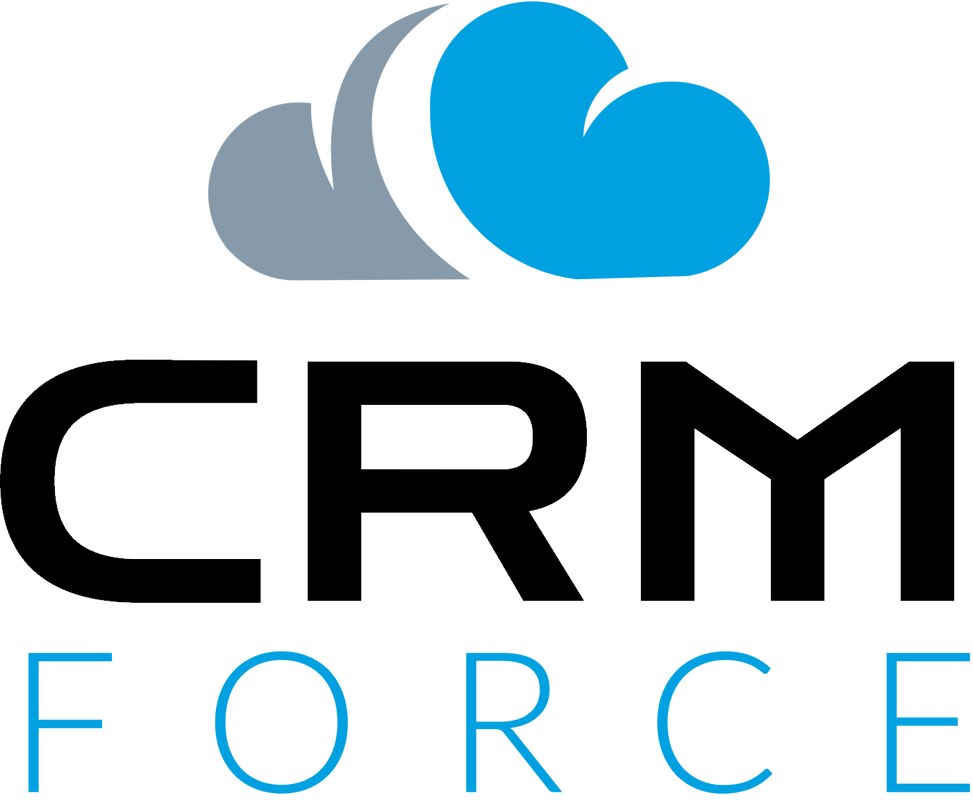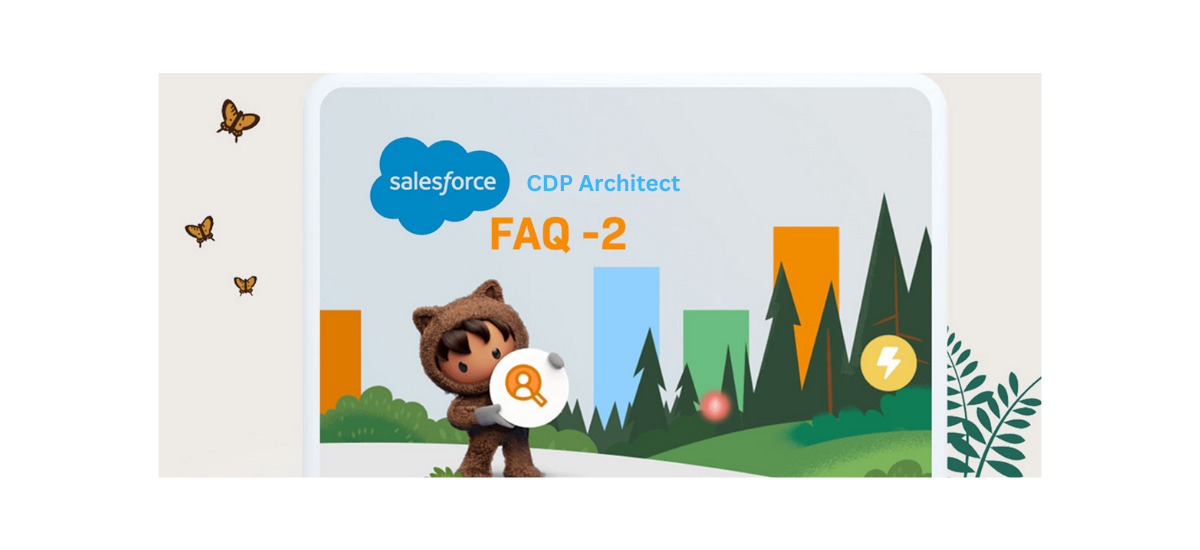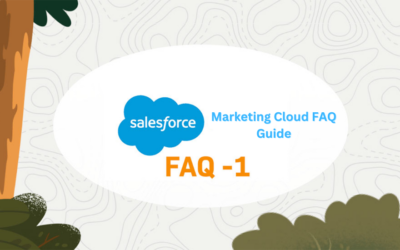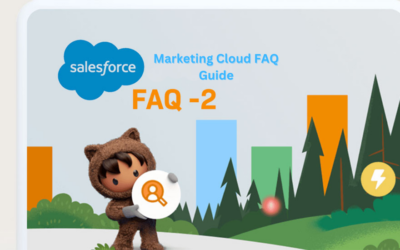In today’s competitive business landscape, Customer Data Platforms (CDPs) have become the cornerstone of modern marketing strategies. They enable organizations to gather, analyze, and leverage customer data to drive personalized experiences and foster long-lasting customer relationships. However, harnessing the full potential of a Salesforce CDP requires a skilled architect who can design, implement, and manage this intricate system. Whether you’re a hiring manager looking to find the perfect Salesforce CDP Architect or a candidate aspiring to excel in this role, it’s crucial to understand the key interview questions and answers that can help you evaluate the candidate’s proficiency. In this comprehensive guide, we’ll delve into the top 20 interview questions and answers tailored specifically for assessing Salesforce CDP Architects, ensuring you can identify the best talent for this critical position. If you need assistance with Salesforce CRM setup and optimization, companies like CRM Force can provide valuable expertise and support.
1- How does data governance play a role in a Salesforce CDP, and what measures would you take to ensure data quality and compliance?
Answer: Data governance in a Salesforce CDP involves defining policies, procedures, and controls for data management. It ensures data quality, privacy, and compliance with regulations like GDPR and CCPA. To maintain data quality and compliance, I would establish data stewardship roles, implement data validation rules, and regularly audit data for accuracy and privacy compliance.
2- What integration options are available to connect a Salesforce CDP with external systems and data sources? How would you approach data integration in a complex ecosystem?
Answer: Salesforce CDP provides various integration options such as RESTful APIs, webhooks, and connectors to connect with external systems and data sources. To approach data integration in a complex ecosystem, I would start by defining clear integration requirements, mapping data flows, and selecting the most suitable integration method based on data volume, frequency, and latency requirements. I would also consider error handling, data transformation, and data synchronization mechanisms to ensure data consistency across the ecosystem.
3- What are the advantages of using AI and machine learning in a Salesforce CDP, and how would you implement these technologies to enhance customer experiences?
Answer: AI and machine learning can automate data analysis, predict customer behavior, and recommend personalized actions. To enhance customer experiences, I would implement AI-driven recommendation engines for product suggestions, chatbots for real-time customer support, and predictive analytics for identifying high-value customers and potential churn risks.
4- How would you ensure data privacy and compliance with regulations like GDPR and CCPA when handling customer data in a Salesforce CDP?
Answer: To ensure data privacy and compliance, I would implement data masking and pseudonymization techniques to protect sensitive customer data. Consent management tools would be used to obtain and manage customer consent. Regular compliance audits, documentation of data processing activities, and the ability to fulfill data subject access requests (DSARs) would also be crucial for compliance.
5- What is the significance of data silos, and how does a Salesforce CDP help in breaking down these data silos within an organization?
Answer: Data silos are isolated data repositories that hinder data sharing and integration. A Salesforce CDP centralizes data from various sources, breaking down silos by providing a unified platform for data collection, processing, and activation. This enables organizations to create a single customer view and use data more effectively across departments.
6- How would you approach data migration from an existing CRM system to a Salesforce CDP, and what strategies would you use to ensure data accuracy and minimize disruption to business operations?
Answer: Data migration involves extracting data from the CRM, transforming it to match the CDP’s schema, and loading it into the CDP. Strategies for ensuring data accuracy include data profiling, validation, and testing at each stage of the migration process. A phased approach, with thorough testing and validation, helps minimize disruptions and data errors.
7- What security risks can arise when integrating third-party applications with a Salesforce CDP, and what measures can be taken to mitigate these risks?
Answer: Security risks may include data breaches and unauthorized access to customer data through integrated applications. To mitigate these risks, implement API security measures such as authentication and authorization mechanisms. Regularly review and assess the security practices of third-party vendors and ensure they adhere to best security practices.
8- How would you design and implement data archiving and retention policies in a Salesforce CDP to manage data growth and regulatory requirements effectively?
Answer: Data archiving policies define which data should be retained, archived, or deleted based on regulatory requirements and business needs. Archiving involves moving less frequently accessed data to long-term storage, reducing the load on the primary database. Implementing an automated archival process ensures that data is retained and purged according to the defined policies.
9- How would you implement data validation and quality checks in a Salesforce CDP to identify and rectify data anomalies and inconsistencies during data processing?
Answer: Implement data validation rules and quality checks at various stages of data processing. For example, you can use data profiling to identify outliers and anomalies. Implement automated scripts and processes to cleanse, validate, and enrich data, ensuring it meets predefined quality criteria. Any data that does not pass validation should be flagged for manual review or correction.
10- What are the potential security challenges when sharing customer data with third-party vendors or partners through a Salesforce CDP, and how can they be addressed?
Answer: Security challenges may include ensuring secure data transmission, preventing data breaches, and verifying the compliance of third-party vendors with security standards. Address these challenges by implementing secure data sharing protocols (e.g., OAuth), data encryption in transit, and stringent vendor assessment and due diligence processes.
11- How do you implement and manage data consent and permissions for customer data in a Salesforce CDP to ensure compliance with data privacy regulations and customer preferences?
Answer: Implement a consent management system that allows customers to provide and withdraw consent for data processing. Capture consent preferences and enforce data access controls based on the level of consent granted. Regularly update and audit consent records to ensure compliance with changing regulations and customer preferences.
12- How can you ensure data encryption at rest and in transit in a Salesforce CDP, and what encryption standards and protocols would you recommend?
Answer: Implement encryption at rest by using encryption algorithms like AES-256 and secure key management systems. For encryption in transit, use TLS/SSL protocols to secure data transmission. Regularly update encryption keys and certificates to maintain security.
13- How would you design and implement a data cataloging system within a Salesforce CDP to enhance data discovery and usability for data analysts and marketers?
Answer: Implement a metadata repository that catalogs data assets, attributes, and their relationships. Provide search and tagging capabilities to enable users to discover and understand data assets. Metadata should include descriptions, lineage information, and data quality scores to facilitate usability and decision-making.
14- What measures would you take to optimize data retrieval for real-time customer interactions in a Salesforce CDP, considering large data volumes and high concurrency?
Answer: Strategies may include data caching to reduce the load on the database, indexing for faster data retrieval, and optimizing database queries to minimize latency. Implementing load balancing and horizontal scaling can also help handle high concurrency effectively.
15- What steps would you take to ensure data backup and disaster recovery capabilities in a Salesforce CDP to protect against data loss and minimize downtime in case of system failures?
Answer: Regularly schedule automated backups of both data and configurations. Implement redundancy and failover mechanisms to ensure high availability. Conduct regular disaster recovery testing to validate the backup and recovery procedures and minimize downtime in case of system failures.
16- How would you design and implement a data partitioning strategy for a Salesforce CDP to optimize data storage and query performance?
Answer: Data partitioning involves dividing large datasets into smaller, manageable partitions. In a CDP, you can partition data based on criteria such as date ranges or customer segments. Implementing partition pruning and intelligent indexing can significantly improve query performance by reducing the amount of data scanned during queries.
17- What techniques and tools would you use for monitoring and optimizing API performance in a Salesforce CDP, especially when dealing with a high volume of API requests from external systems and applications?
Answer: Monitoring API performance involves using tools like API gateways, real-time monitoring systems, and performance profiling tools to track API usage, latency, and error rates. Implementing rate limiting, caching, and load balancing can help optimize API performance. Regular performance testing and capacity planning are essential to ensure that the CDP can handle high API traffic effectively.
18- How would you implement advanced data analytics and machine learning models within a Salesforce CDP to derive actionable insights and enhance customer engagement?
Answer: To implement advanced analytics and machine learning, you would integrate the CDP with analytics platforms like Apache Spark or cloud-based services like AWS SageMaker. This allows you to perform advanced analytics, build predictive models, and generate recommendations for personalized customer engagement.
19- How can you ensure data synchronization and conflict resolution in a Salesforce CDP when multiple systems update the same customer record simultaneously, and how do you prioritize and resolve conflicting updates?
Answer: Implementing conflict resolution rules and versioning can help address data synchronization issues. Prioritize updates based on business rules or timestamp-based ordering. Conflicts can be resolved through automated processes or manual intervention, depending on the nature of the conflict. Effective communication and documentation of conflict resolution strategies are essential.
20- How can you address data latency challenges in a multi-cloud Salesforce CDP deployment, where data is distributed across different cloud providers or regions?
Answer: Data latency in multi-cloud deployments can be reduced by optimizing data transfer mechanisms, leveraging Content Delivery Networks (CDNs), and implementing distributed data caching. Using a global load-balancing strategy can also help route requests to the nearest data source, minimizing latency.
Conclusion
In conclusion, the Salesforce CDP Architect role is undeniably pivotal in today’s data-driven business landscape. Through the intricate technical questions explored earlier, we’ve highlighted the multifaceted expertise required in this role, from data integration to security, governance, and real-time processing. A Salesforce CDP Architect is not merely a technical specialist but also a strategic visionary who crafts data solutions that align with organizational goals.
Furthermore, the Salesforce CDP Architect is a linchpin in bridging the gap between technology and business objectives. Their communication, collaboration, and leadership skills are equally paramount. They translate complex technical concepts into actionable insights for decision-makers and inspire teams to execute data strategies that unlock valuable customer insights. In this era where data is the lifeblood of business success, the Salesforce CDP Architect plays a pivotal role in empowering organizations to thrive, fostering customer trust, and navigating the evolving landscape of data privacy and security. As businesses continue to rely on data to drive innovation and stay competitive, the role of the Salesforce CDP Architect remains not only relevant but indispensable. To learn more about how CRM Force can assist you in recruiting top CRM talent and optimizing your CRM strategies for successful drip campaigns, contact us today. Together, let’s maximize your customer engagement Contact us today.





